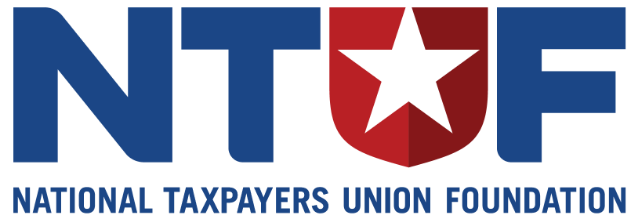(Alexandria, VA) -- Yankees fans have double the reason to be jealous of Boston's sweeping World Series victory this year: Taxpaying fans at Fenway Park paid peanuts to build their ballpark compared to the hundreds of millions of dollars New Yorkers will shell out in subsidies for their new stadium. Stadium sticker shock isn't a new phenomenon by any means, but a study released today by the nonpartisan research arm of the 362,000-member National Taxpayers Union (NTU) illustrates some alarming trends in taxpayer subsidies and climbing construction costs.
"Publicly funded stadiums are, at best, an inefficient investment of taxpayer dollars for the meager benefits produced and, at worst, massive payments to rich team owners and players at the expense of ordinary taxpayers," said NTU Government Affairs Manager Andrew Moylan, who authored the study.
Average stadium construction costs have skyrocketed nearly 60 percent in inflation-adjusted terms from 1990 to 2004, according to the study, which analyzed 53 stadiums built during the 15-year period for use in one of the three most popular American leagues (Major League Baseball, the National Football League, and the National Basketball Association). The average stadium built from 1990 to 1992 cost $240.6 million in 2006 dollars, compared to $383.64 million for those built from 2002 to 2004. Among the study's other key findings:
- The sweeter the subsidy, the more problematic the price tag. Moylan's research demonstrates that as the taxpayers' tab increases, so does the total stadium construction cost. Stadiums that were built with 50 percent or more in taxpayer subsidies were $65 million more expensive on average than those built with less than 50 percent in subsidies. The reason? Not surprisingly, private financiers demand more fiscal accountability with their own money than big-government bureaucrats do with other people's tax dollars.
- There's no end zone in sight for subsidies. Not only is the average percentage of stadium costs subsidized by taxpayers growing, but total subsidy amounts are rising too. Subsidy percentages increased 19 percent from 1996 to 1998 -- a relatively low point in average stadium costs -- to 2002 to 2004. During the same period, total subsidy amounts increased more than 41 percent.
- Fancy features are punting prices sky-high. Expensive tastes, not rising costs of inputs, insurance, and contractor rates are to blame for increases. "Standard fare for the modern-day stadium includes ultra-luxury suites, complete with leather couches and flat-screen televisions galore," Moylan notes. "Pricey features like this have sent costs skyrocketing, and taxpayers are footing a large portion of the bill."
Moylan's study paints a bleak picture of stadium funding's future plans to prey upon taxpayers: more extravagant, multibillion-dollar "redevelopment plans" with a stadium project or two tucked among the details of the blueprints. Unless taxpayers stand up against wealthy team owners with special-interest politicians in their pockets, sports complexes around the country will be speeding after the San Antonio Spurs, the basketball team that is on the verge of its third multimillion-dollar taxpayer-funded stadium plan in just over a decade.
The NTU Foundation (NTUF) is the research arm of the nonpartisan, nonprofit NTU, a citizen group founded in 1969. Note: NTUF Policy Paper 163, Stadiums and Subsidies: Home Run for Wealthy Team Owners, Strike-out for Taxpayers, is available online at www.ntu.org.

